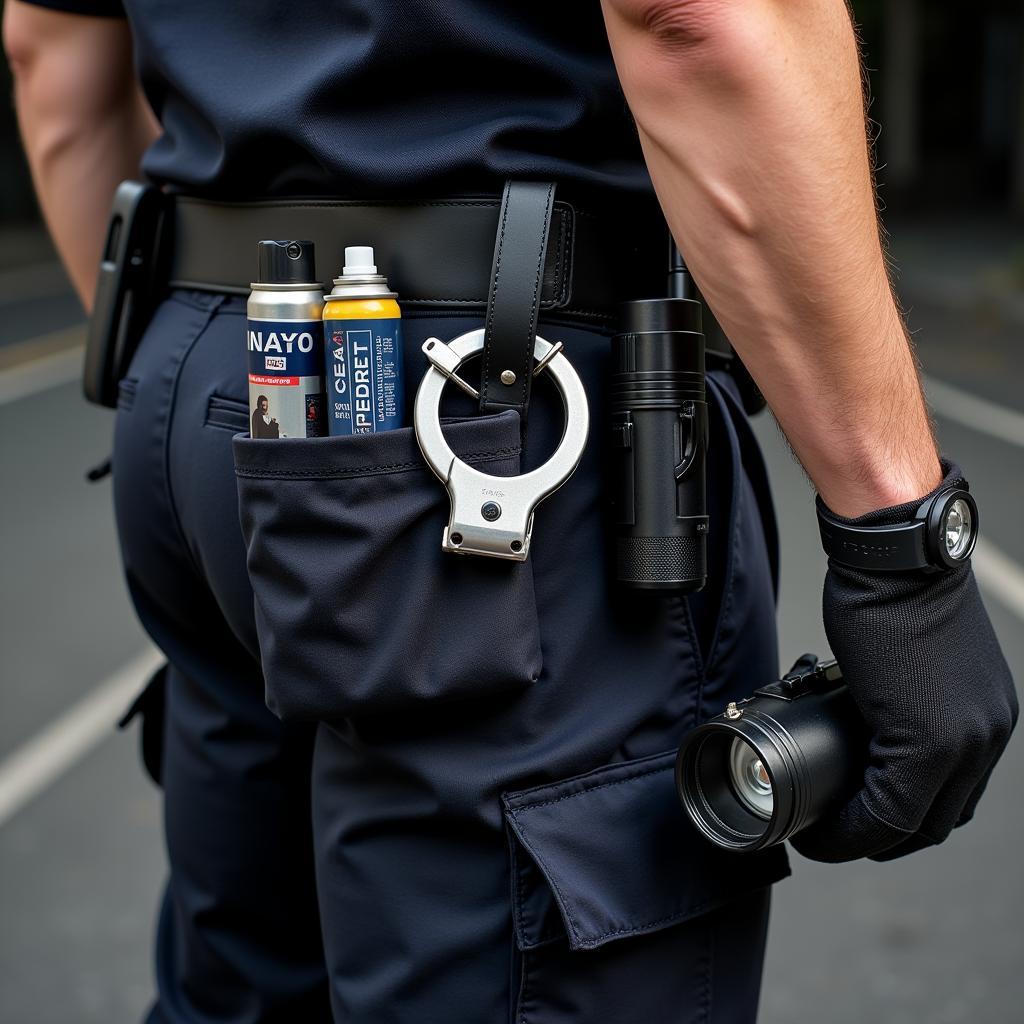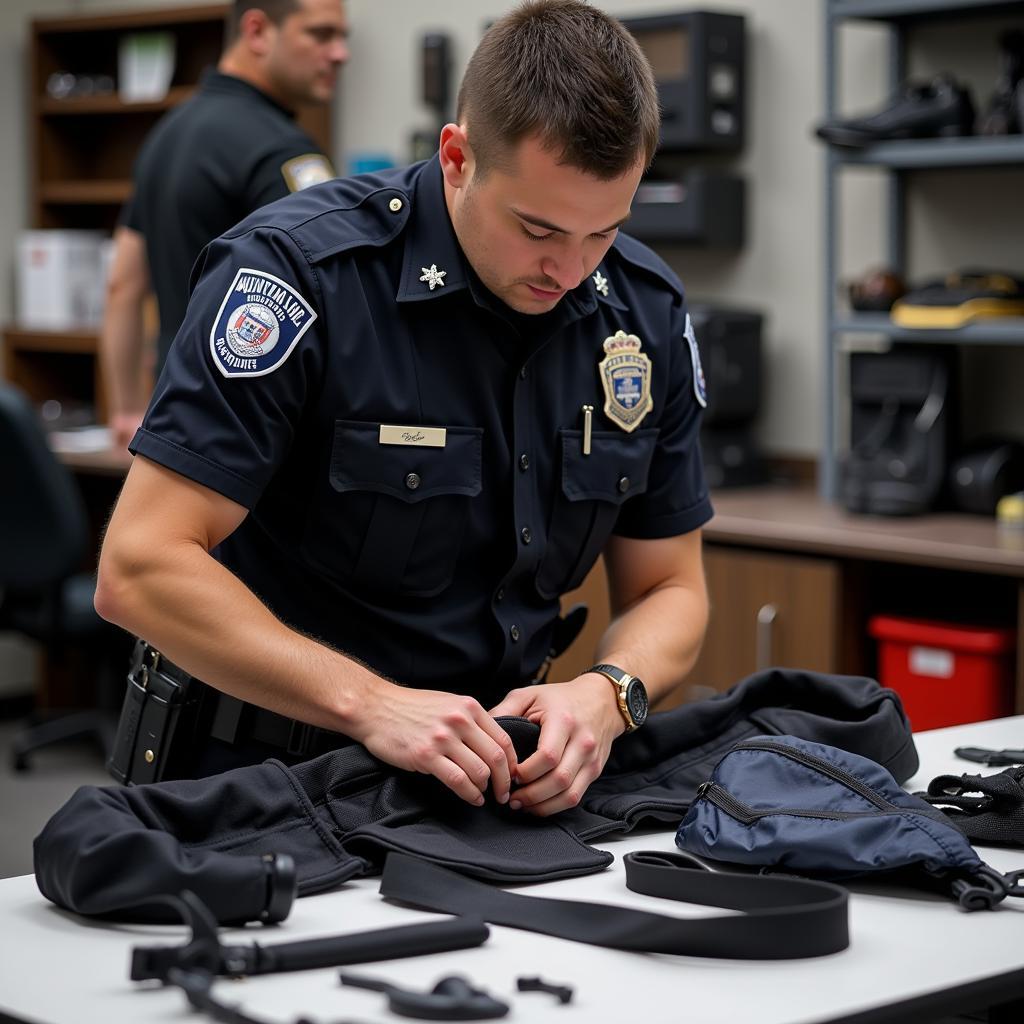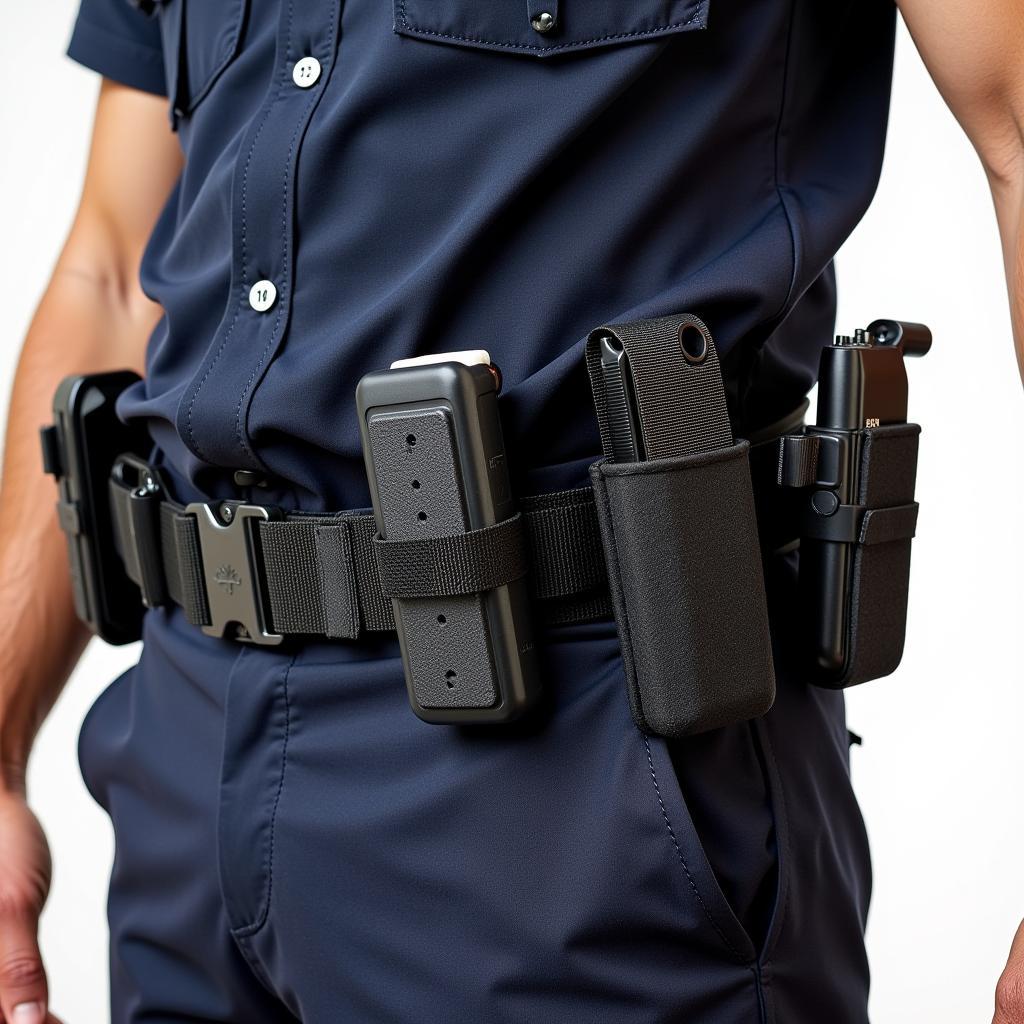The Ultimate Guide to Security Officer Duty Belts: What You Need to Know
October 12, 2024A security officer’s duty belt is more than just a place to hold their gear; it’s an extension of their professionalism and preparedness. It provides quick access to essential tools, ensuring they can respond effectively to any situation that arises. Whether you’re a seasoned professional or just starting out in the security field, understanding the components of a well-equipped duty belt is crucial.
Essential Gear for Every Security Officer Duty Belt
The contents of a security officer’s duty belt can vary based on their specific role, work environment, and company regulations. However, certain items are considered standard and essential for most security professionals:
- Duty Belt: A sturdy, comfortable belt designed to support the weight of various tools and accessories. Look for belts made from durable materials like nylon or leather with a secure buckle system.
- Handcuffs: An indispensable tool for restraining individuals when necessary. Opt for high-quality steel handcuffs with smooth ratcheting mechanisms for reliable performance.
- Pepper Spray: A non-lethal self-defense tool used to deter and incapacitate attackers. Choose a reputable brand with a high percentage of oleoresin capsicum (OC) for maximum effectiveness.
- Radio: Essential for communication with other security personnel, supervisors, and emergency services. Choose a model with clear audio, long battery life, and a range suitable for your work environment.
- Flashlight: A vital tool for illuminating dark areas, checking IDs, and signaling for assistance. Select a compact yet powerful flashlight with multiple light modes, such as strobe and SOS.
- Gloves: Protect your hands from contaminants, sharp objects, and potential hazards. Nitrile or leather gloves are popular choices, offering a balance of protection and dexterity.
 Essential Gear on a Security Officer Duty Belt
Essential Gear on a Security Officer Duty Belt
Choosing the Right Duty Belt and Accessories
Selecting the appropriate duty belt and accessories is crucial for comfort, functionality, and safety:
- Belt Fit: The belt should fit snugly around your waist, preventing it from sagging or riding up while allowing for comfortable movement.
- Holster Selection: Invest in high-quality holsters designed for your specific tools. They should provide a secure fit, preventing accidental release while allowing for quick and easy access.
- Material Considerations: Opt for durable, weather-resistant materials that can withstand the rigors of daily use. Consider factors like weight, breathability, and ease of cleaning.
 Security Officer Selecting Duty Gear
Security Officer Selecting Duty Gear
Duty Belt Organization and Ergonomics
Proper organization and ergonomic considerations are essential to maximize efficiency and minimize discomfort:
- Logical Placement: Arrange items based on frequency of use and accessibility. Place frequently used tools within easy reach, while less commonly used items can be positioned further away.
- Weight Distribution: Distribute the weight evenly around your waist to prevent strain and discomfort. Avoid overloading one side of the belt, which can lead to muscle imbalances and back pain.
- Regular Maintenance: Inspect your duty belt and accessories regularly for wear and tear. Replace any damaged items promptly to ensure optimal functionality and safety.
 Well-Organized Security Officer Duty Belt
Well-Organized Security Officer Duty Belt
Conclusion
A well-equipped and organized Security Officer Duty Belt is essential for effective performance and professional presentation. By choosing the right gear, prioritizing comfort and ergonomics, and maintaining your equipment, you can ensure you’re prepared to handle any situation that comes your way. Remember, your duty belt is an investment in your safety and the safety of those you protect.
FAQs
Q: Can I carry personal items on my duty belt?
A: Company policies regarding personal items on duty belts vary. Always consult your company handbook or supervisor for specific guidelines.
Q: How often should I replace my duty belt?
A: Replace your duty belt when it shows signs of significant wear and tear, such as fraying, cracks, or a compromised buckle system.
Q: What type of flashlight is best for security work?
A: A compact, rechargeable LED flashlight with multiple light modes (high, low, strobe) is ideal for most security applications.
Q: Can I customize the layout of my duty belt?
A: Yes, you can customize the layout of your duty belt based on your needs and preferences, but always prioritize functionality and accessibility.